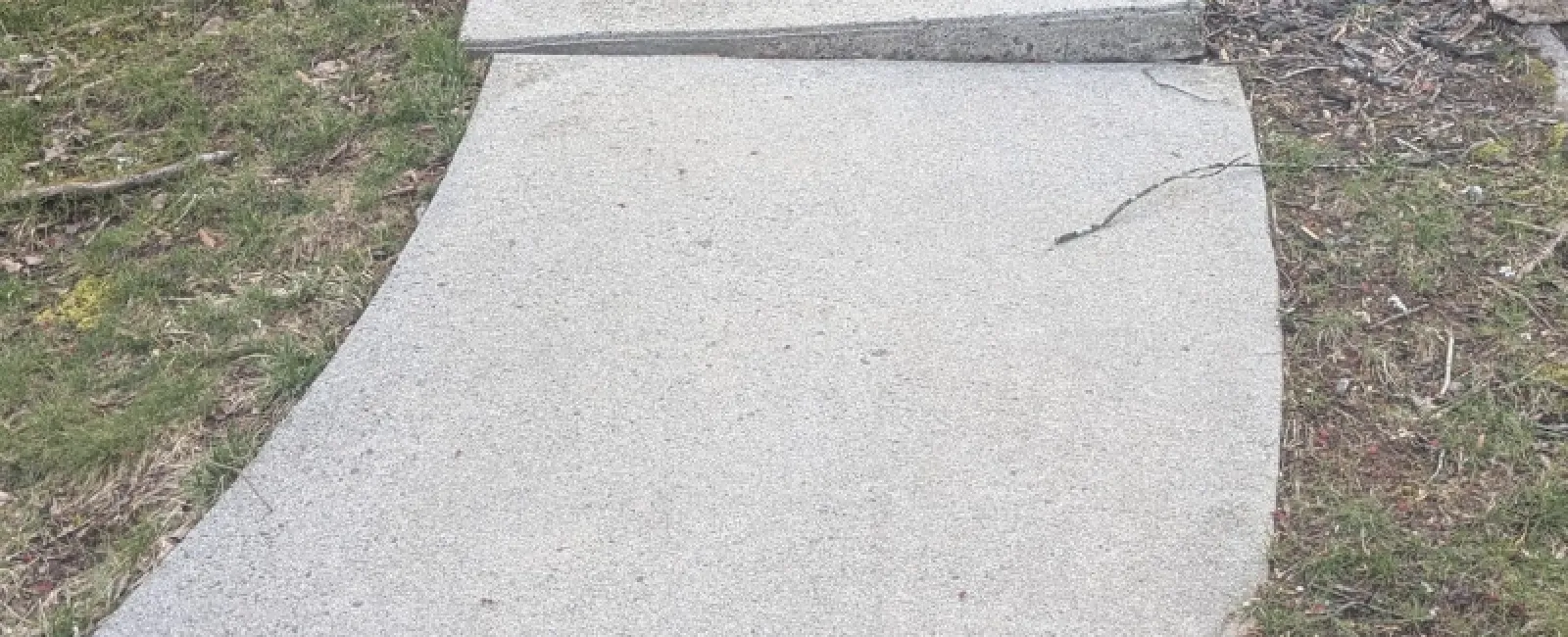Concrete surfaces are durable and long-lasting, but over time, they can develop trip hazards due to shifting soil, tree root growth, or general wear and tear. These hazards pose safety risks to pedestrians and can lead to liability concerns for property owners. At Sudlow Concrete, we specialize in addressing these issues efficiently and effectively. Here's how you can fix trip hazards on concrete sidewalks and other surfaces.
Causes of Trip Hazards in Concrete
Understanding what causes trip hazards in concrete can help property owners take preventative measures. Some common reasons include:
Tree Root Growth - Expanding tree roots push up sections of concrete, creating uneven surfaces.
Soil Erosion and Settlement - Over time, the soil beneath concrete slabs can shift or wash away due to water runoff, leading to sinking and misaligned slabs.
Freeze-Thaw Cycles - In colder climates, water can seep into cracks and expand when frozen, causing the concrete to lift or break apart.
Heavy Loads and Traffic - Constant foot traffic or the weight of vehicles can lead to gradual deterioration and displacement of concrete slabs.
Poor Installation or Aging Concrete - If concrete is not properly installed with the right base preparation, it can settle unevenly over time. Additionally, old concrete naturally deteriorates, making it more susceptible to cracking and movement.
Improper Joint Spacing - Expansion joints allow concrete to move without cracking, but if they are not properly placed, the slabs may shift unpredictably.
Grinding Down Trip Hazards
One of the most common and cost-effective ways to fix minor trip hazards is concrete grinding. This process involves using specialized grinding equipment to smooth out uneven surfaces and remove elevation differences between concrete slabs.
When to Use Concrete Grinding
The trip hazard is minor (less than 2 inches of height difference)
The concrete is otherwise in good condition with no severe cracks or damage
A fast, budget-friendly solution is needed
Steps for Concrete Grinding
Inspect the area - Identify all trip hazards and mark them for grinding.
Choose the right grinding tool - A walk-behind concrete grinder or an angle grinder with a diamond wheel attachment is typically used.
Grind the edges - Slowly grind down the raised edge of the concrete until the transition is smooth and gradual.
Clean the surface - Remove dust and debris to ensure a clean finish.
Apply a sealant - To protect the surface from future damage and wear, applying a concrete sealant is recommended.
Concrete grinding is an excellent option for smaller trip hazards, but for more severe damage, other repair methods may be necessary.
Repairing Trip Hazards from Tree Roots
Tree roots can be a major culprit in lifting concrete slabs, creating significant trip hazards. Simply grinding the affected area may not be enough, as the underlying issue—the growing root—remains unresolved.
Solutions for Tree Root Damage
Slab Replacement with Root Trimming - If a tree root has lifted a concrete section, the best solution is often to remove the slab, trim the root (if permissible), and pour a new section.
Installing a Root Barrier - Before pouring new concrete, installing a root barrier can help prevent future root intrusion.
Raising the Sidewalk - In some cases, a new section of sidewalk can be raised to accommodate tree growth rather than cutting roots that might harm the tree.
Flexible Concrete or Pavers - In highly problematic areas, switching to more flexible materials like pavers can reduce long-term maintenance issues.
Removing and Replacing Damaged Concrete
If a sidewalk or driveway section is severely cracked or lifted, a full concrete replacement may be the best long-term solution.
Steps for Concrete Replacement
Demolish and Remove the Damaged Section - Break up and remove the old concrete, ensuring the underlying base is properly prepared.
Prepare the Subgrade - Level and compact the base material to provide a stable foundation for the new slab.
Pour and Finish New Concrete - A new slab is poured and finished to match the surrounding area.
Curing and Sealing - Allow the concrete to properly cure and apply a protective sealant for longevity.
Additional Solutions for Fixing Trip Hazards
Concrete Raising (Mudjacking or Polyjacking) - If one section of concrete has sunken lower than the surrounding slabs, lifting it with a specialized foam injection (polyjacking) or a concrete slurry (mudjacking) can restore a level surface without full replacement.
Expansion Joints and Control Joints - Adding expansion joints during new concrete pours can help accommodate movement and prevent future trip hazards.
Resurfacing - If the concrete is generally in good condition but has minor surface issues, resurfacing it with an overlay may help create a smooth, even walking surface.
Why Choose Sudlow Concrete?
At Sudlow Concrete, we have years of experience fixing trip hazards, whether it's through grinding, slab replacement, or lifting solutions. We take pride in ensuring safe, durable, and long-lasting concrete surfaces for homeowners, businesses, and municipalities.
If you're dealing with trip hazards on your concrete surfaces, contact Sudlow Concrete today for a professional evaluation and expert repairs!

